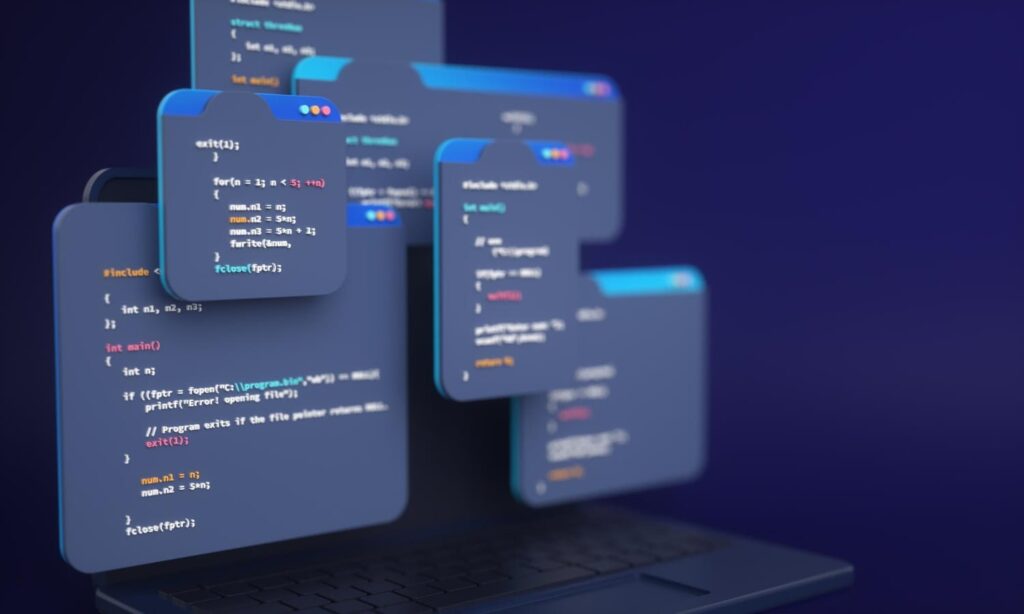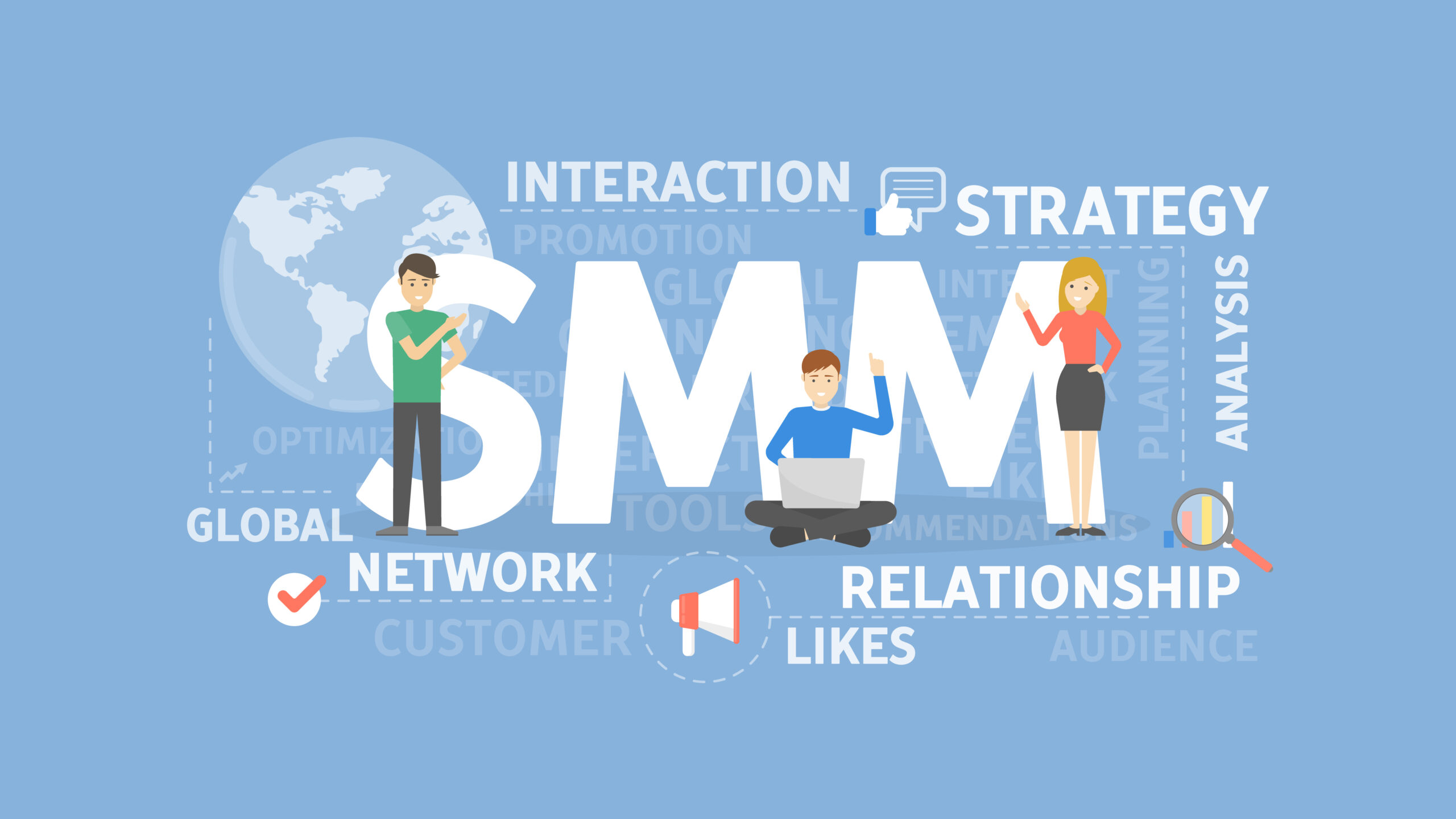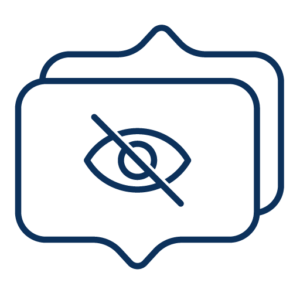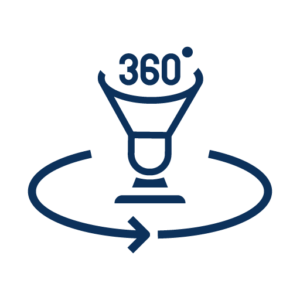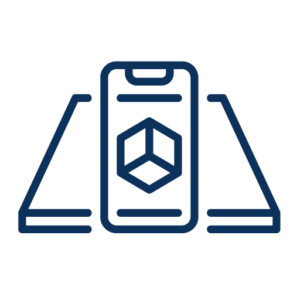Ultimate Guide to Web Development Web development is a constantly evolving field, with new technologies and techniques emerging all the time. From the basic building blocks of HTML to the dynamic scripting language of JavaScript, there’s a lot to learn if you want to become a proficient web developer. In this ultimate guide, we’ll explore the essential concepts, tools, and techniques you need to know to get start with web development.
Part 1: HTML
HTML (Hypertext Markup Language) is the foundation of the web. So it’s the markup language use to create the structure and content of web pages. HTML is a relatively simple language that consists of tags and attributes, which are use to define different elements of a web page.
Here are some of the key elements you’ll need to know when working with HTML:
- Headings: Headings are use to structure the content of a web page. There are six levels of headings, from H1 (the most important) to H6 (the least important).
- Paragraphs: Paragraphs are use to group together blocks of text. They’re defined using the
<p>tag. - Links: Links allow users to navigate between different web pages. They’re defined using the
<a>tag, and can include attributes likehrefto specify the target page. - Images: Images are use to add visual content to a web page. So they’re defined using the
<img>tag, and include attributes likesrcto specify the image file. - Lists: Lists are use to group together related items, either in an ordered (numbered) or unordered (bulleted) format.
- Forms: Forms allow users to input data into a web page, and can be use for things like registration, login, and search. They’re defined using the
<form>tag, and can include various input fields like text boxes and checkboxes.
So once you’ve mastered the basics of HTML, you can start exploring more advanced techniques like CSS and JavaScript.
Part 2: CSS
CSS (Cascading Style Sheets) is use to style the visual appearance of a web page. So It allows you to control everything from the color and font of text, to the layout and positioning of different elements. CSS is written in a separate file from the HTML, and is linked to the HTML using the <link> tag.
Here are some of the key concepts you’ll need to know when working with CSS:
- Selectors: Selectors are use to target specific HTML elements and apply styles to them. You can use selectors like
element,.class, and#idto target different types of elements. - Properties: Properties are used to define specific styles for an element, like
color,font-size, andbackground-image. So you can set multiple properties for an element by separating them with semicolons. - Units: Units are used to specify measurements for different styles, like
px(pixels),em(based on font size), and%(percentage of parent element). - Box model: The box model is a way of conceptualizing the layout of an HTML element. So it includes the content area, padding, border, and margin.
- Layout: CSS can be use to control the layout of a web page, including the positioning and size of different elements. Techniques like flexbox and grid can be use to create more complex layouts.
Part 3: JavaScript
JavaScript is a programming language that’s use to create interactive and dynamic web pages. So it can be use to manipulate HTML and CSS, respond to user input, and create complex animations and effects. JavaScript is written in a separate file from.

